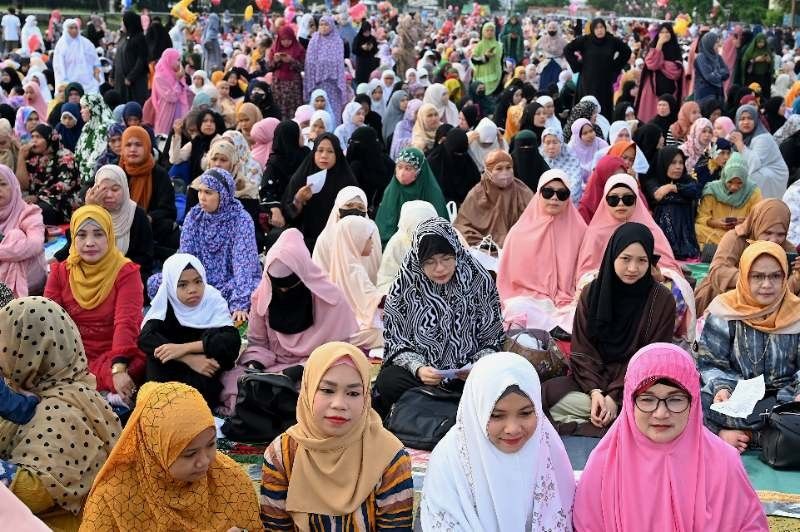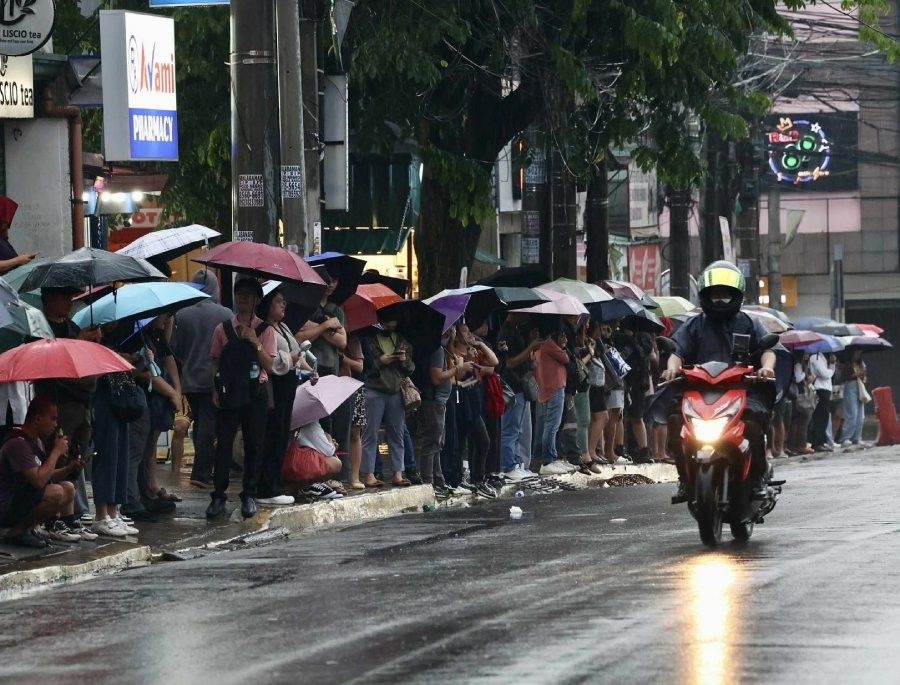
Upgrade to High-Speed Internet for only ₱1499/month!
Enjoy up to 100 Mbps fiber broadband, perfect for browsing, streaming, and gaming.
Visit Suniway.ph to learn
Ricardo Pamintuan - The Philippine Star
June 14, 2025 | 12:00am
The Shrine of Saint Andrew Kim Taegon in Bocaue was inaugurated in 1986.
BOCAUE, Bulacan, Philippines — Tucked away in the quiet town of Bocaue lies a little-known historical and spiritual site that links the Philippines to one of Korea’s most revered religious figures: Saint Andrew Kim Taegon, the first Korean-born Roman Catholic priest and a canonized martyr.
Unknown to many, St. Andrew Kim lived and studied at Hacienda de Lolomboy in Bulacan in the 1830s and early 1840s. Then a teenage seminarian, he stayed in the Philippines in 1837, 1839 and 1841, serving as an interpreter for Dominican missionaries.
His story is one of faith and sacrifice. Born into a noble family during the Joseon era, Kim was baptized at 15 and secretly studied for the priesthood abroad at a time when Catholicism was outlawed in Korea. He was ordained in 1844 but was executed two years later for refusing to renounce his faith. He was just 25 years old.
Pope John Paul II canonized Kim in 1984. Kim’s short but impactful life has made him a national icon, especially among Korea’s Catholic population, which today numbers around six million – roughly 11 percent of the country’s population – and recognizes him as their patron saint.
But few know of his deep connection to the Philippines, especially in the heart of Central Luzon.
A shrine unlike any other
On May 22, 1986, the Shrine of Saint Andrew Kim Taegon was inaugurated in Bocaue. The peaceful complex beside a lake offers a blend of Korean-inspired architecture and Catholic tradition – a rare sight in predominantly Baroque-style Filipino churches.
The shrine features a pagoda, retreat house and relic room, along with statues of St. Andrew Kim and his friend, the Venerable Thomas Choe Yang-eop. A mango tree that once provided comfort to the homesick seminarian was struck by lightning years later. Wood from that tree was fashioned into the cross that now stands at the chapel altar.
Inside the candle chapel, murals depict scenes from the lives of Korean martyrs, angels, apostles and even Michelangelo’s Creation of Adam, offering a contemplative experience for visitors.
Maintained by the Sisters of St. Andrew, the grounds are lined with bamboo gardens, flowering shrubs and trees bearing apple mangoes and noni, reputedly a therapeutic fruit against cancer. Masses in English are held on the second and fourth Saturdays of each month.
Shared heritage
The shrine not only memorializes a saint but also reflects the enduring ties between the Philippines and South Korea. Today, the Philippines remains one of the world’s largest Catholic countries, with an estimated 76 to 93 million faithful.
While most Filipinos may associate Korean culture with K-pop and K-drama, the shrine reveals a much older, spiritual connection. It serves as a reminder of how faith crosses borders, often in silence, and endures in places and people long after history is made.
From persecution in Joseon to prayer under a mango tree in Bocaue, the legacy of St. Andrew Kim Taegon lives on – humble, hidden and holy.

 1 week ago
5
1 week ago
5



